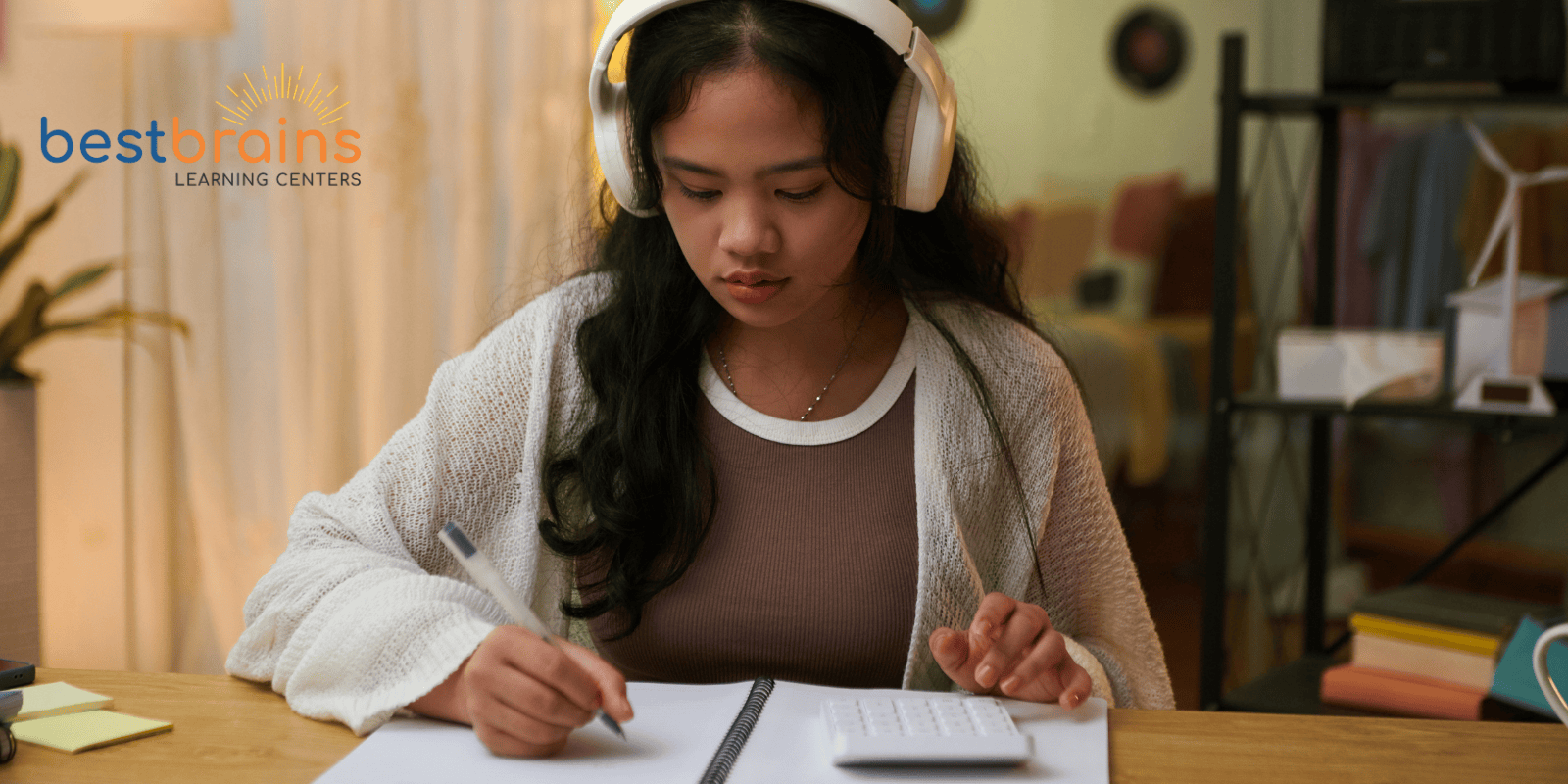Mechanicsburg
Why Daily Practice Beats Cram Sessions for Learning
When it comes to building essential skills like math and English, consistency is key. At Best Brains in Mechanicsburg, PA, our model of one class per week combined with daily homework activities is designed to maximize learning retention, making it more effective than models that rely on occasional longer sessions without daily reinforcement. Here’s why this approach works best according to brain science and educational research.
The Science of Daily Practice
1. Spacing Effect: Studies have shown that learning is more effective when practice is spaced out over time, rather than concentrated in fewer, longer sessions. This phenomenon, known as the "spacing effect," allows the brain to better consolidate information into long-term memory. According to research published in Psychological Science, students who practice material in smaller, more frequent chunks tend to retain information more effectively over time compared to those who cram or work in long intervals.
2. Neuroplasticity and Daily Stimulation: Neuroplasticity is the brain’s ability to form new neural connections in response to learning. Repeated exposure to concepts, even for short periods, strengthens these connections and makes recall easier. A study from Nature Reviews Neuroscience highlights that short, daily reinforcement of skills helps solidify new learning more effectively than infrequent, intensive sessions . This is especially important in subjects like math and language, where cumulative knowledge builds on previous learning.
3. Cognitive Load: The brain can only process and store a certain amount of information at one time. Long, intense study sessions can overwhelm this capacity, leading to cognitive fatigue and reduced retention. By practicing a little each day, students are able to digest information in manageable doses. This aligns with research from educational psychology, which recommends short, consistent practice sessions to reduce cognitive overload and enhance mastery.
Why Best Brains’ Approach Works
At Best Brains, we focus on active learning, meaning that students don’t just passively listen or observe during lessons—they actively solve problems and engage with the material. Our weekly classes provide a solid foundation, and our daily homework assignments offer continued, short bursts of practice that reinforce what was learned. This strategy ensures that learning is continual, rather than sporadic.
Other tutoring models that skip daily homework may expose children to concepts only once or twice a week, forcing them to absorb large amounts of material at once. This can overwhelm their cognitive capacity, leading to shallow understanding and poor long-term retention.
Establishing a Routine
For younger children, routine is crucial. Daily activities help children develop positive habits and responsibility. A study from the Journal of Educational Psychology found that students who practiced daily academic routines were more likely to develop long-term discipline, better focus, and superior time management skills, all of which are key to future academic success .
By encouraging just a little practice each day, we make learning a consistent part of your child’s life without overwhelming them. This model builds confidence and competence in a way that irregular or crammed sessions simply cannot.
Conclusion
At Best Brains, we believe in the power of daily learning. By incorporating daily homework into our curriculum, we ensure that your child’s brain is constantly strengthening the neural connections needed for success in both math and English. This method is not just about keeping up—it’s about getting ahead and staying ahead, one step at a time. If you want your child to not only understand but excel, our approach offers them the best chance for lasting academic growth.
Bibliography
1. Cepeda, N. J., Pashler, H., Vul, E., Wixted, J. T., & Rohrer, D. (2006). Spacing Effects in Learning: A Temporal Ridgeline of Optimal Retention. Psychological Science, 17(11), 1095–1102. https://doi.org/10.1111/j.1467-9280.2006.01861.x
2. Buonomano, D. V., & Merzenich, M. M. (1998). Cortical plasticity: From synapses to maps. Annual Review of Neuroscience, 21, 149–186. https://doi.org/10.1146/annurev.neuro.21.1.149
3. Sweller, J., Ayres, P., & Kalyuga, S. (2011). Cognitive Load Theory. Springer.
4. MacIntyre, P. D., & Gardner, R. C. (1991). Language Anxiety: Its Relation to Other Anxieties and to Processing in Native and Second Languages. Journal of Educational Psychology, 83(2), 237–250. https://doi.org/10.1037/0022-0663.83.2.237




